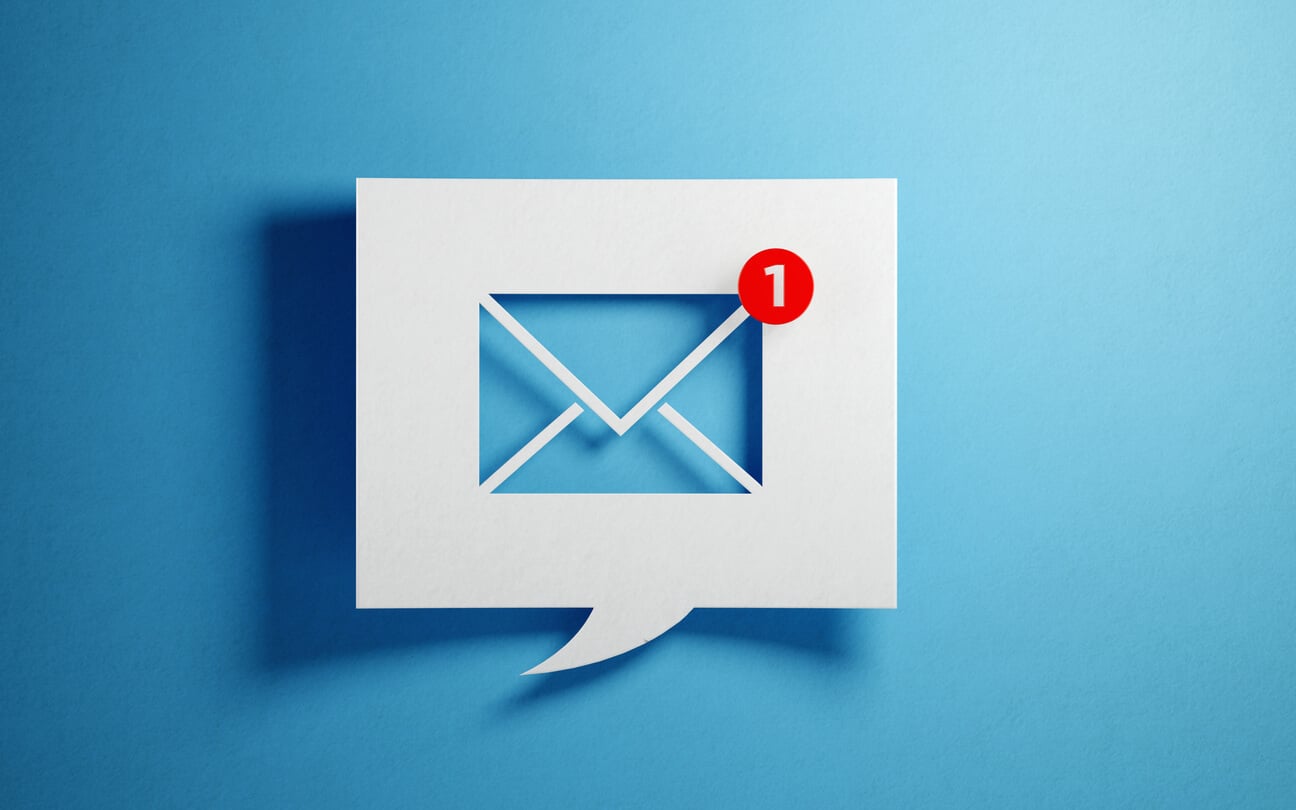Article summary
Have you ever put a lot of time and thought into an email and been disappointed when the recipient didn’t answer an important question, or worse yet, they didn’t respond at all? It’s a bad feeling.
The formula I’m about to share is meant to help you avoid this situation altogether.
(If you’re part of one of those new-fangled work cultures that has eliminated email entirely and moved to Slack or a similar alternate tool, this formula can work for you too — the problem I’m describing is relevant to all text-based communication.)
Nobody Likes Email
My fellow millennials will cringe reading this, but it’s almost always much more effective to call somebody on the phone or get together face-to-face than to send an email. Email may be a necessary tool in today’s business world, but it’s actually one of the least effective communication tools, especially when you need to get something done.
But why? Why do emails often go unanswered? Why do important questions get missed? To a recipient, your carefully thought-out, masterfully constructed email looks like an intimidating wall of text that they will need to spend time studying to understand — time they don’t have.
Additionally, people are horrible at reading. When you write an email, you should assume that your recipient is reading it on their phone while waiting in line for coffee, and they’re probably running late. If your email can’t be understood in those circumstances, you’re doing it wrong.
Email Ground Rules
Since real-time communication isn’t always possible, here’s how to get by when you absolutely need to send an email:
- Your email can have one topic or purpose, and one only. If you have more than one in mind, you should probably look to connect by phone or in person. If you absolutely must use email, write multiple emails, each with a clear topic (and a clear subject line).
- After you draft the email, read it through again and try to take out as many extra words and details as possible, while still making your point clear.
- Never handle sensitive or controversial interactions via email. If you need to disagree with somebody, confront them about something, or express a problem, figure out a time to talk about it.
Foolproof Email Template
Okay. Here’s my tried-and-true template for getting a response every time.
1. Ask yourself, “What is the most important thing I need to move forward?”
This might be:
- Acknowledgment (you need someone to acknowledge receipt of some information/item and approve it)
- Action (you need somebody to do something)
- Information (you need to know something)
This will be your topic or purpose for the email.
2. Frame it into a clearly worded question or request.
For example:
- Please let me know if you think we’re good to go on this. (Acknowledgement)
- Will you be able to send me the report by Thursday? (Action)
- Do you have any feedback about the volunteer schedule I shared? (Information)
3. Compose your email.
Here’s a structure I regularly use:
Hello [ Recipient ],
I hope you [ brief nice thing ]. (Had a great weekend, enjoyed your vacation, were successful with x project or y initiative, etc.)
I’m writing in order to [ purpose for email ]. (Check in about the status of X, make you aware of y, ask you a question about z.)
[ Additional Context ] (Use a maximum of 4 sentences — fewer is better.)
[ Clearly worded question or request. ]
It would be a big help if I could hear back from you by [ day or time ]. (This is optional.)
Thanks so much!
[ Your Name ]
By addressing the recipient by name and leading with a brief nice thing, you show you care about the recipient or their work. You can omit this part if it’s not part of your organization’s email culture, but you may be surprised how effective a bit of niceness is.
The next sentence clearly states the purpose of your email, so the recipient doesn’t have to guess. This helps them digest any additional information you share in the next few sentences.
You may think I’m crazy for limiting the body of the email to 4 sentences. “It can’t be done,” you cry! However, if you need more than 4 sentences, you should re-think sending an email at all. A conversation would probably work better.
Lastly, closing with your question gives the recipient a clear call-to-action. This is key; if you put the question further up in the email, you risk that they will forget it by the time they finish reading. By closing with your Most Important Thing, you are giving the recipient the best possible chances of understanding what you need and getting it back to you quickly.
I hope this post helps you write better emails and get the answers you need from your recipients to move forward with your work!

